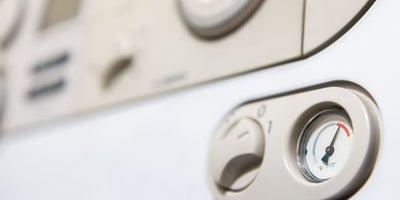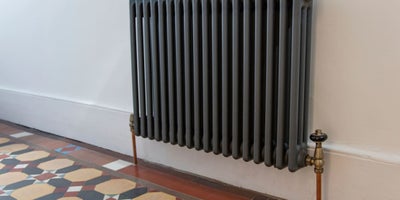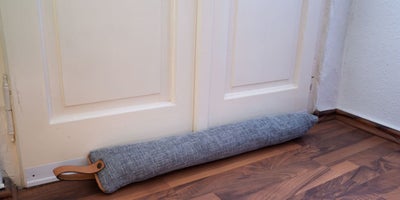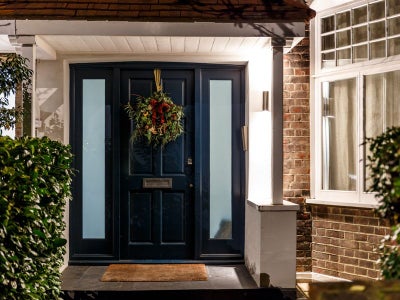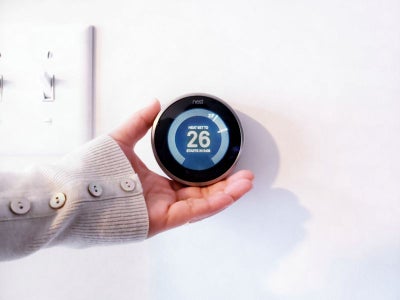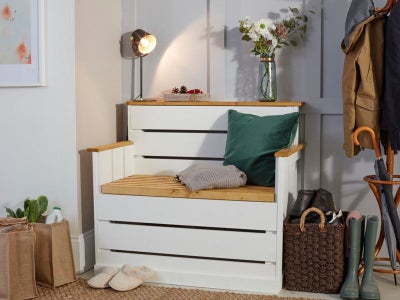Get The Most Out Of Your Heating System

As the cooler months begin to move in, it’s finally time to start thinking about turning your heating on again. After all, there’s nothing better than coming in from the cold after a long day and being greeted by a toasty house. But after months of sitting dormant during the summer, you might find that your heating system needs a little TLC. Here’s a range of effective ways to get the most out of your heating system.

